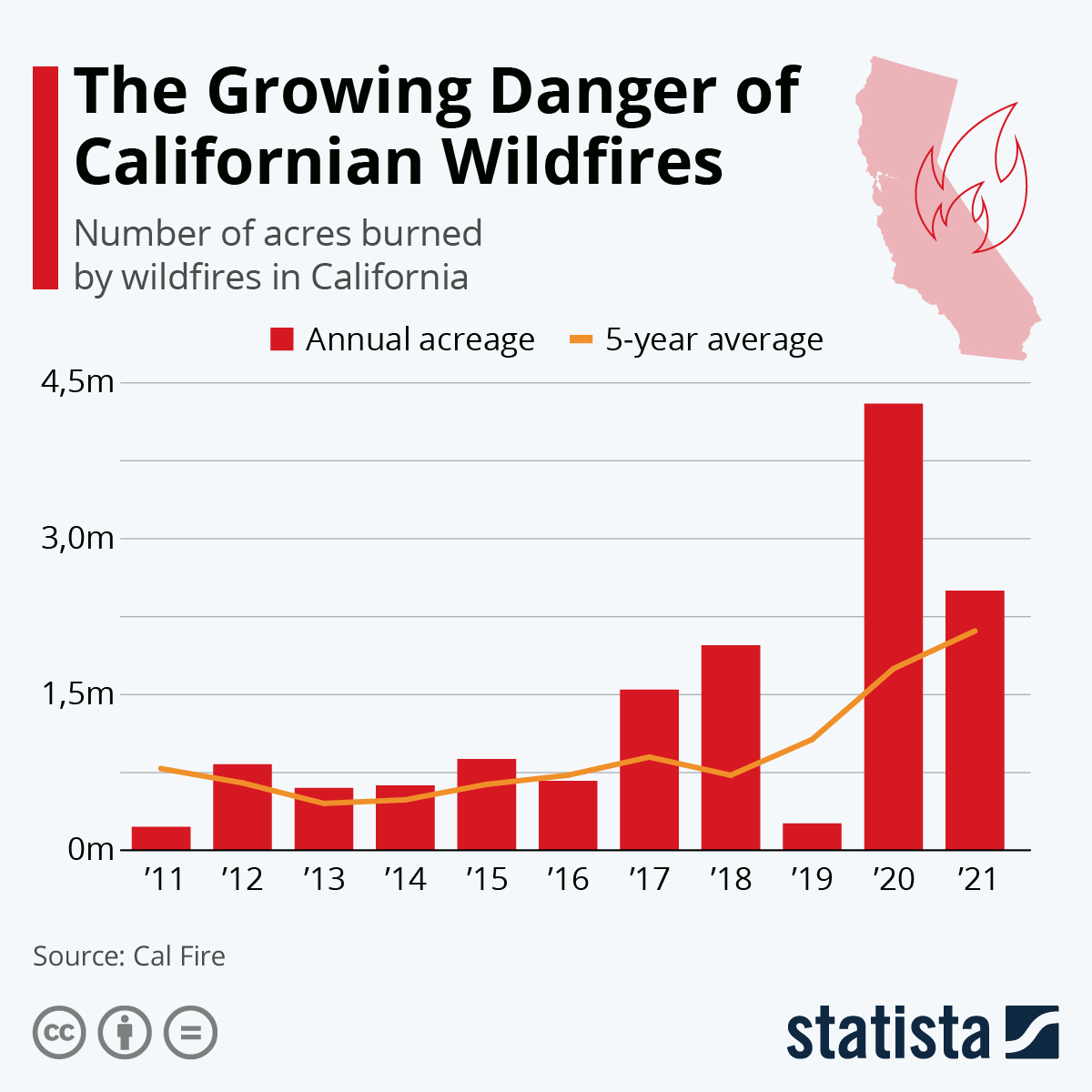Mental Illness And Violence: Re-examining Academic Understandings

Table of Contents
The Misconception: Media Portrayals and Public Perception
The public perception of mental illness and violence is heavily influenced by media portrayals, often leading to inaccurate and harmful assumptions.
Stereotypes and Stigma:
Media often portrays individuals with mental illness as inherently violent, reinforcing harmful stereotypes and increasing societal stigma. This misrepresentation has significant consequences:
- Overrepresentation of violence in media depictions of mental illness: Movies, television shows, and news reports frequently depict individuals with mental health conditions committing violent acts, creating a skewed perception of reality. This selective portrayal reinforces the dangerous stereotype that mental illness equates to violence.
- Impact of stigmatizing portrayals on public perception and attitudes: These depictions fuel fear and prejudice, making it harder for individuals with mental illness to seek help, integrate into society, and receive the support they need. This stigma prevents open conversations and creates barriers to treatment.
- The perpetuation of fear and misunderstanding: The constant association between mental illness and violence in the media fosters a climate of fear and misunderstanding, further isolating those affected and hindering efforts to improve mental health services.
- The need for responsible and accurate media representation: Responsible journalism and media production are crucial in shifting this narrative. Accurate portrayals that focus on the diversity of experiences and challenges faced by people with mental illnesses are essential for dismantling harmful stereotypes.
Separating Correlation from Causation:
While some studies show a correlation between mental illness and violence, it's crucial to understand that correlation does not equal causation. Many other factors contribute to violent behavior.
- Importance of considering socio-economic factors, trauma, and substance abuse: Poverty, childhood trauma, and substance abuse are all significant risk factors for violent behavior, often independent of mental illness. These factors must be considered in any comprehensive analysis.
- The role of untreated mental illness as a potential risk factor, not a direct cause: Untreated mental illness can increase the risk of violence in some individuals, but it's rarely the sole cause. Access to appropriate treatment significantly reduces this risk.
- The limitations of epidemiological studies in establishing causal relationships: Epidemiological studies can demonstrate correlations, but they often struggle to establish definitive causal links between specific mental illnesses and violent acts. More nuanced research methodologies are needed.
Academic Research: Gaps and Limitations
Academic research on the relationship between mental illness and violence faces significant methodological challenges.
Methodological Challenges:
Research in this area encounters numerous obstacles that make it difficult to draw definitive conclusions.
- Difficulties in defining and measuring both mental illness and violence: The broad spectrum of mental illnesses and the diverse forms of violence make consistent measurement extremely challenging, leading to inconsistencies in research findings.
- The complexities of establishing causal links between specific diagnoses and violent behavior: Establishing direct causal links between a specific diagnosis and violent acts is extremely difficult. Many interacting factors are often at play.
- The impact of sample bias and self-reporting limitations: Research samples may not accurately reflect the diverse population with mental illness, leading to biased results. Self-reporting of violent behavior also presents inherent limitations due to potential underreporting or exaggeration.
Focusing on Risk Factors, Not Determinism:
Modern academic research increasingly emphasizes identifying risk factors rather than assuming a deterministic link between mental illness and violence.
- The importance of understanding the interplay of multiple risk factors: A multifactorial approach, recognizing the interaction of various biological, psychological, and social risk factors, provides a more accurate and nuanced understanding.
- The role of early intervention and preventative measures: Early intervention and preventative measures, such as access to mental health services and effective treatment, are crucial for reducing the risk of violence.
- The significance of focusing on risk reduction rather than simply identifying individuals as inherently violent: The focus should be on strategies to reduce risk factors and promote well-being, rather than labeling individuals as inherently violent based on their diagnosis.
Moving Forward: Improving Understanding and Reducing Violence
Addressing the complex relationship between mental illness and violence requires a multi-pronged approach.
The Importance of Early Intervention and Treatment:
Early identification and treatment are vital in mitigating the risk of violence associated with mental illness.
- Access to mental health services and support: Improving access to quality, affordable mental healthcare is essential. This includes removing financial and geographical barriers.
- The effectiveness of various treatment modalities (e.g., medication, therapy): A range of evidence-based treatments, including medication, therapy, and psychosocial interventions, are effective in managing symptoms and reducing the risk of violent behavior.
- Reducing barriers to accessing care (stigma, cost, accessibility): Addressing the stigma surrounding mental illness, reducing the cost of treatment, and improving accessibility to services are crucial steps.
Promoting Responsible Reporting and Public Education:
Combating misconceptions and reducing stigma requires accurate information and responsible reporting from all sectors.
- The role of media literacy in promoting critical thinking: Educating the public about media literacy and critical thinking skills is essential to help individuals evaluate information critically and avoid perpetuating stereotypes.
- The need for accurate and sensitive portrayals of mental illness in media: The media has a crucial role in portraying mental illness accurately and sensitively, focusing on the lived experiences of individuals and avoiding harmful stereotypes.
- The importance of public health campaigns to raise awareness and combat stigma: Public health campaigns can play a vital role in educating the public, challenging stereotypes, and reducing the stigma associated with mental illness.
Conclusion:
The relationship between mental illness and violence is significantly more nuanced than often portrayed. While mental illness can be a risk factor, it is not a determinant of violent behavior. Academic research highlights the importance of focusing on risk factors, early intervention, and responsible reporting. By dispelling myths, promoting accurate understanding, and improving access to mental health services, we can work towards reducing violence and fostering a more supportive and inclusive society for individuals living with mental illness. To learn more about the complexities of the connection between mental illness and violence, continue your research and explore reputable sources dedicated to mental health awareness.

Featured Posts
-
 1420
May 09, 2025
1420
May 09, 2025 -
 Nyt Strands Hints And Answers Friday March 14 Game 376
May 09, 2025
Nyt Strands Hints And Answers Friday March 14 Game 376
May 09, 2025 -
 Chief Justice Roberts Mistaken For Gop Leader His Response Revealed
May 09, 2025
Chief Justice Roberts Mistaken For Gop Leader His Response Revealed
May 09, 2025 -
 New Business Hotspots Across The Nation An Interactive Map
May 09, 2025
New Business Hotspots Across The Nation An Interactive Map
May 09, 2025 -
 Bayern Muenchen Inter Ja Psg Puolivaelieraepaikat Varmistuivat
May 09, 2025
Bayern Muenchen Inter Ja Psg Puolivaelieraepaikat Varmistuivat
May 09, 2025
Latest Posts
-
 The Relationship Between Chinese Steel Production And Iron Ore Prices
May 10, 2025
The Relationship Between Chinese Steel Production And Iron Ore Prices
May 10, 2025 -
 Totalitarianism Warning Lais Ve Day Speech Underscores Taiwans Security Concerns
May 10, 2025
Totalitarianism Warning Lais Ve Day Speech Underscores Taiwans Security Concerns
May 10, 2025 -
 The Rise Of Wildfire Betting A Reflection Of Our Times
May 10, 2025
The Rise Of Wildfire Betting A Reflection Of Our Times
May 10, 2025 -
 Metas 168 Million Payment In Whats App Spyware Case Analysis And Outlook
May 10, 2025
Metas 168 Million Payment In Whats App Spyware Case Analysis And Outlook
May 10, 2025 -
 Iron Ore Market Volatility Understanding Chinas Steel Output Adjustments
May 10, 2025
Iron Ore Market Volatility Understanding Chinas Steel Output Adjustments
May 10, 2025
